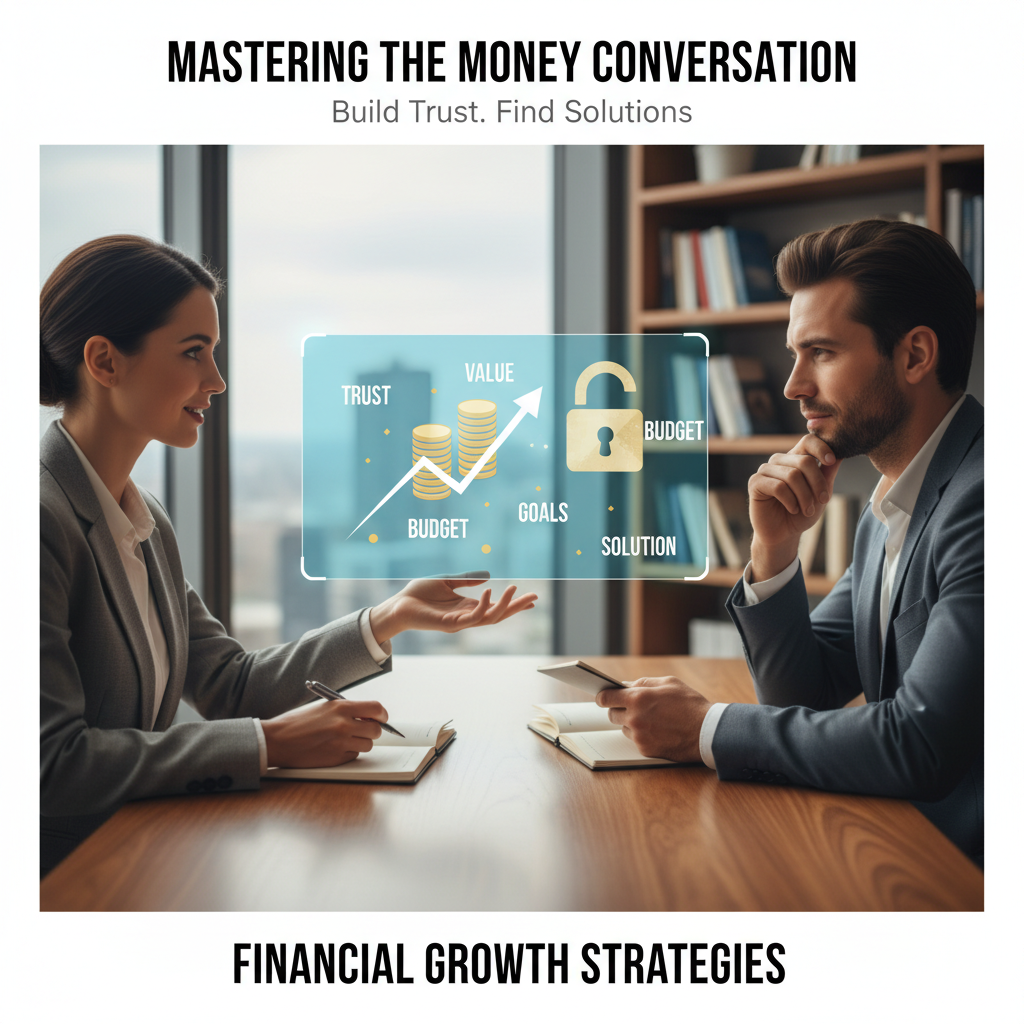Building Trust and Communicating Effectively with Clients

Establishing Trust from the Start
Building trust with clients from the very beginning is essential for a successful business relationship. Trust lays the foundation for open communication and mutual respect. One effective way to establish trust early on is by setting clear expectations through an upfront contract. This involves discussing the scope of work, timelines, and potential challenges right from the start. Being transparent about what can and cannot be achieved reassures clients that you have their best interests at heart.
Additionally, showing empathy and understanding towards your client's needs and concerns can go a long way in building trust. Listen actively and make them feel heard. This approach not only builds rapport but also sets the stage for a collaborative relationship. Trust is further solidified when clients see consistency in your team. A consistent team that is fully aligned with the project goals instills confidence and reliability in the client.
Handling Critical Feedback with Grace
Receiving critical feedback from clients can be challenging, but it is an inevitable part of any business relationship. The key is to handle it with grace and professionalism. When a client points out an issue or expresses dissatisfaction, it is important to remain calm and composed. Reacting defensively can escalate the situation and damage the relationship.
Instead, approach the feedback with an open mind and a willingness to understand the client's perspective. Acknowledge their concerns and thank them for bringing it to your attention. This shows that you value their input and are committed to finding a solution. By addressing the feedback constructively, you can turn a potentially negative experience into an opportunity for improvement and strengthen the client's trust in your ability to deliver.
Balancing Vulnerability and Professionalism
Striking the right balance between vulnerability and professionalism is crucial in client communication. While it is important to maintain a professional demeanor, showing a bit of vulnerability can humanize you and make you more relatable. This does not mean sharing personal issues, but rather being honest about challenges and asking for the client's help to overcome them.
For example, if you foresee a potential issue with a project, communicate this to the client early on and seek their input. This collaborative approach not only builds trust but also demonstrates that you are proactive in addressing challenges. It is also essential to match your communication style to the client's preferences. Understanding whether they prefer detailed data or high-level summaries can make your interactions more effective and appreciated.
Understanding and Adapting to Client Communication Styles
Understanding and adapting to your client's communication style is a game-changer in building effective relationships. The DiSC model is a powerful tool that can help you identify and adapt to different communication styles. The model categorizes individuals into four primary styles: Dominance, Influence, Steadiness, and Conscientiousness.
For instance, clients with a Dominance style appreciate direct, concise communication and quick decision-making. In contrast, those with a Conscientiousness style prefer detailed, data-driven discussions and thorough analysis. By identifying your client's style, you can tailor your communication to meet their preferences, making interactions smoother and more productive.
Moreover, regularly checking in with clients to ensure they feel informed and involved in the process can significantly enhance their sense of safety and trust. This proactive approach not only prevents misunderstandings but also demonstrates your commitment to delivering exceptional service.
In conclusion, mastering client communication involves a blend of establishing trust, handling feedback gracefully, balancing vulnerability with professionalism, and adapting to different communication styles. By incorporating these strategies, you can build stronger, more effective relationships with your clients, ultimately leading to greater success for both parties.


